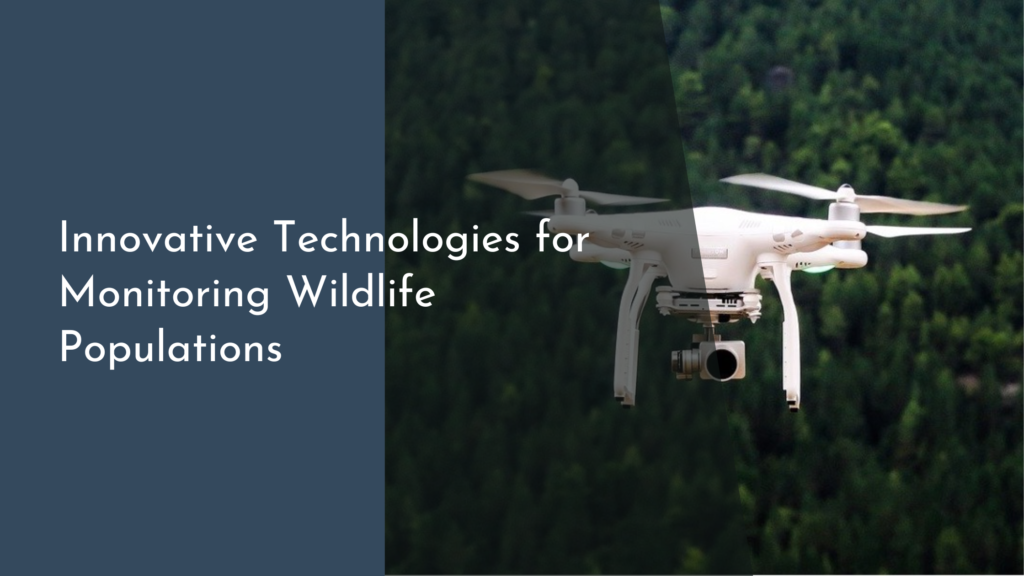Agroforestry for Multi-Economic Agro-Zonal Recovery
As the world grapples with the challenges of climate change, economic disparity, and food insecurity, the concept of agroforestry emerges as a beacon of hope. This sustainable agricultural practice combines trees and shrubs with crops and livestock to create a more diverse, productive, and resilient farming system. By integrating agroforestry into economic recovery strategies, particularly in multi-economic zones, we can pave the way for vibrant ecosystems that support both environmental health and community livelihoods.
Through this article, we will explore how agroforestry can serve as a catalyst for economic renewal, the advantages of multi-economic zones in agriculture, innovative practices driving recovery, and inspiring success stories that highlight the transformative power of green solutions. Join us as we delve into the world of agroforestry and its potential to nurture both our planet and our communities.
Embracing Agroforestry: A Path to Economic Renewal
Agroforestry represents a harmonious blend of agriculture and forestry practices, allowing farmers to diversify their production and income streams. By planting trees alongside crops and integrating livestock, farmers can enhance soil health, increase biodiversity, and reduce vulnerability to climate variability. This method not only supports individual farmers but also strengthens local economies by providing sustainable resources that can be marketed in various forms. As communities embrace agroforestry, they can foster resilience against economic shocks and environmental challenges.
Moreover, agroforestry systems can help combat poverty by creating jobs in tree planting, maintenance, and harvesting. They also provide valuable ecosystem services, such as carbon sequestration and watershed protection, which benefit entire regions. Economic renewal through agroforestry is not just about individual gains; it’s about revitalizing communities and sustaining them for future generations. By promoting this practice, we pave the way for a greener and more prosperous future.
The Benefits of Multi-Economic Zones in Agriculture
Multi-economic zones are designated areas that promote diverse economic activities, often integrating agriculture with other sectors such as tourism, manufacturing, and renewable energy. The introduction of agroforestry within these zones can enhance the overall economic resilience of the region. By creating synergies between various industries, multi-economic zones enable farmers to access new markets and diversify their income sources, reducing their dependence on single crops or commodities.
Additionally, these zones foster collaboration among stakeholders, including government agencies, non-governmental organizations, and local communities. This collaboration can lead to improved infrastructure, education, and resources that empower farmers to adopt agroforestry practices effectively. As a result, multi-economic zones not only enhance agricultural productivity but also stimulate local economies, creating a ripple effect of benefits that can uplift entire communities.
Innovative Practices in Agroforestry for Recovery
In recent years, innovative practices in agroforestry have emerged, tailored to aid recovery in varying socio-economic contexts. For instance, agroecology, which emphasizes ecological processes and sustainability, encourages farmers to implement practices such as intercropping and cover cropping. These techniques improve soil fertility and water retention, while reducing the need for chemical inputs, ultimately contributing to healthier ecosystems and more resilient agricultural systems.
Additionally, technology plays a significant role in modern agroforestry. Mobile applications, precision agriculture tools, and data analytics help farmers monitor crop health, optimize resource use, and enhance yield. By integrating traditional knowledge with cutting-edge technology, agroforestry can lead to more efficient and sustainable practices, ensuring that communities not only recover from economic setbacks but thrive in the face of future challenges.
Success Stories: Transforming Communities Through Green Solutions
Around the globe, numerous success stories illustrate the profound impact of agroforestry on community transformation. For instance, in countries like Kenya and Ethiopia, farmers have adopted agroforestry practices that restore degraded lands while increasing food security. Communities have reported improved crop yields, enhanced nutrition, and increased resilience to climate change, demonstrating the multifaceted benefits of integrating trees into agricultural systems.
Similarly, in India, various grassroots movements have empowered marginalized farmers to embrace agroforestry, leading to increased incomes and improved livelihoods. By participating in cooperatives and community initiatives, these farmers have not only enhanced their own economic conditions but have also contributed to the ecological restoration of their regions. These inspiring stories remind us of the power of agroforestry as a means to achieve sustainable development and improve the quality of life for countless individuals.
Agroforestry stands at the intersection of environmental sustainability and economic recovery, offering a pathway to a thriving future for individuals and communities alike. By embracing this innovative approach within multi-economic zones, we can unlock the potential of agriculture to foster resilience, biodiversity, and prosperity. As we share success stories and learn from one another, we pave the way for a greener, more sustainable world, ultimately transforming our relationship with nature and ensuring a better tomorrow for generations to come. Let us continue to champion agroforestry as a vital tool in our quest for economic renewal and environmental stewardship!

